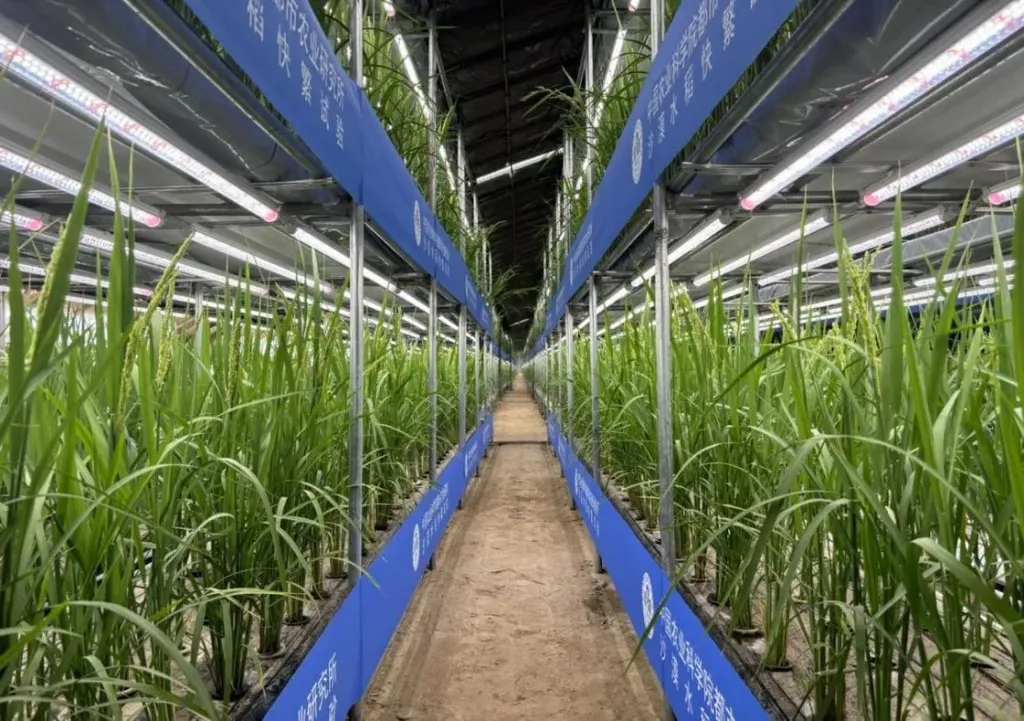In the heart of Chengdu, China, a team of researchers led by Arezigu Tuxun at the Research Center for Smart Horticulture Engineering is revolutionizing the way we think about agriculture. Their work, published in the journal *Plants* (which translates to “Plants” in English), delves into the world of soilless cultivation, a technology that promises to overcome the resource limits of traditional agriculture and pave the way for efficient, sustainable farming.
Soilless cultivation, also known as hydroponics or substrate cultivation, involves growing plants without soil, using instead mineral nutrient solutions in a solid or non-solid substrate such as rockwool, perlite, or coconut coir. This method allows for precise regulation of the rhizospheric environment—the region of soil surrounding plant roots—which is crucial for plant health and growth.
“Solid and non-solid substrate cultivation improves resource utilization efficiency and yield,” Tuxun explains. “However, substrate sustainability and technical cost need urgent attention.” This is where the team’s research comes in. They systematically reviewed the technical system of soilless cultivation, nutrient solution management strategies, and the interaction mechanism of rhizosphere microorganisms.
One of the key findings of their research is the importance of dynamic regulation and intelligent management of nutrient solutions. By carefully controlling the nutrient solution, farmers can significantly enhance nutrient absorption efficiency, leading to healthier plants and higher yields.
But the team’s work doesn’t stop at nutrient management. They also explored the role of rhizosphere microorganisms—tiny organisms that live in the rhizosphere and directly regulate crop health through processes like nitrogen fixation, phosphorus solubilization, and pathogen antagonism. However, they found that the community structure and functional stability of these microorganisms in organic systems can be prone to imbalance, requiring targeted optimization via synthetic biology methods.
So, what does this mean for the future of agriculture? According to Tuxun and his team, future research should focus on the development of environmentally friendly substrates, the construction of intelligent environmental control systems, and microbiome engineering. These advancements could promote the expansion of soilless cultivation towards low-carbon, precise, and spatial directions.
The implications for the energy sector are also significant. As the world grapples with climate change and the need for sustainable practices, soilless cultivation offers a promising path forward. By improving resource utilization efficiency and yield, this technology could help reduce the agricultural sector’s carbon footprint and contribute to global food security.
In the words of Tuxun, “This paper systematically references the theoretical improvements and practical innovations in soilless cultivation technology, facilitating its large-scale application in food security, ecological protection, and resource recycling.” With such compelling insights, it’s clear that the work of Tuxun and his team is not just shaping the future of agriculture, but also contributing to a more sustainable and secure world.

